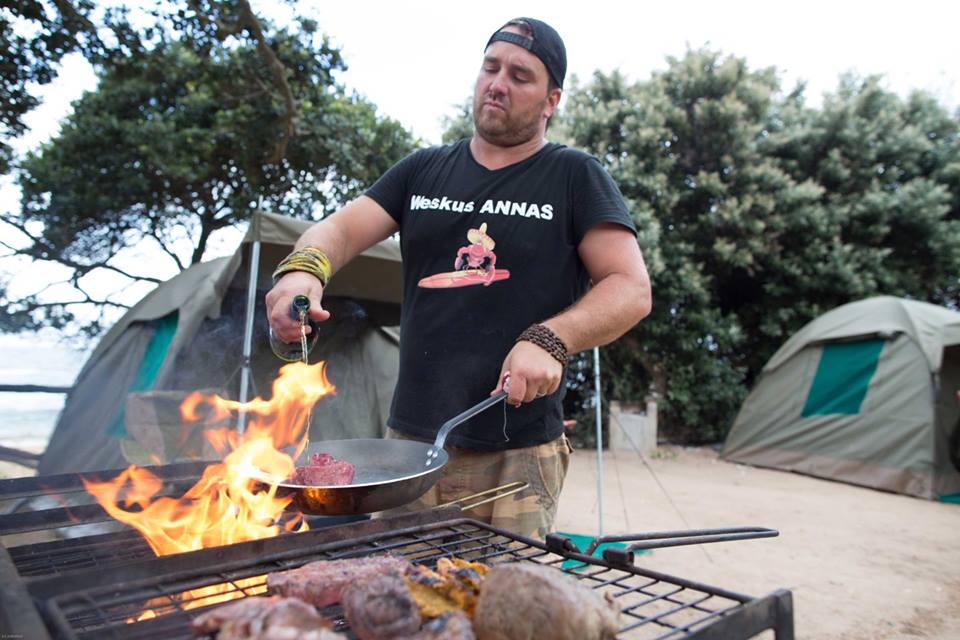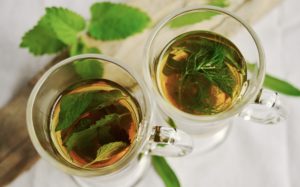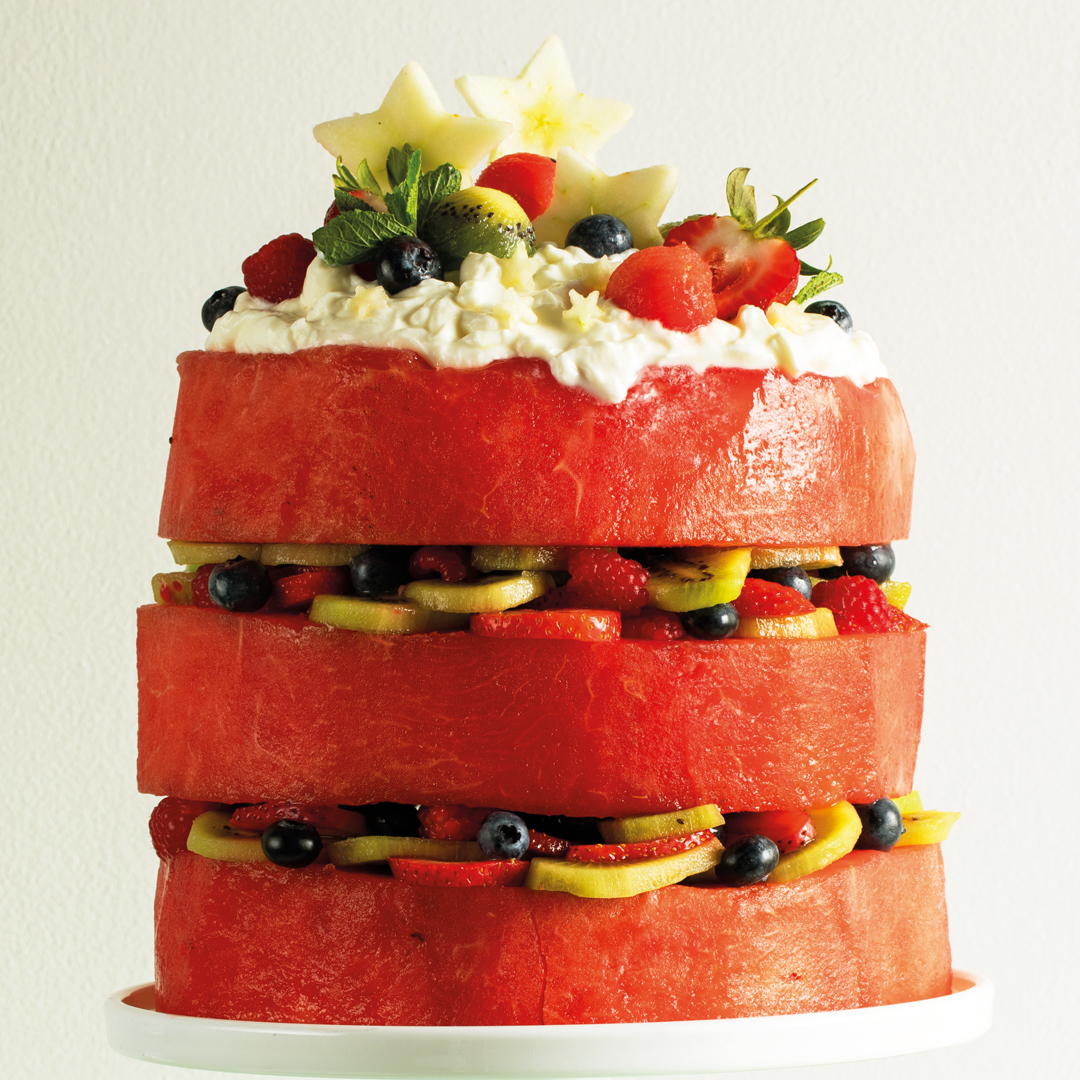The old favourite – steak – is the first thing I think about when I hear the word ‘braai’. So I thought I’d treat you to some of my favourite tips and tricks this week so you can get the perfect steak every time.
By John Grundlingh
Firstly, you need some very hot coals, the corners of the rooikrans still flaming so you can get that nice charred fat as it renders. Then get best beef cuts (rump, sirloin, rib-eye or T-bone) at your local butchery. My personal favourite is rib-eye because it is a hard-working muscle with an intense taste and a texture that melts in your mouth like butter.
Know more about your cuts of steak
From the forequarters, you get your chuck, which I use for hamburgers. And then there are the ribs, where my favourite rib-eye comes from. Ribs can also be separated into short and prime ribs. The brisket is best used for a barbeque and the shank is mostly used for stews and soups. The plate and the short ribs can also be used for pot roasting.
When it comes to the hindquarters, you get your loin. This can have two subprimals, or three if it is boneless. They are the short loin (T-bone and porterhouse steaks), the sirloin (which is less tender than the short loin but packs much more flavour), and the tenderloin, which speaks for itself. Also from the hindquarters, you get the rounds, which are lean, moderately tough and have a lower fat content. And lastly, the flank, which is ground into mince for the most part, except for the flank steaks.
How to braai your favourite cut
1. Just before your fire has turned mostly to coals, quickly pop into the kitchen and grind some salt and pepper onto the steak, and rub it in with olive oil to prevent it from sticking. Leave it to sit for 15 minutes while you get your coals ready and your grid clean.
2. Make sure your grid is low over the coals (about 20 cm). From there I place my steak on its side first, fat facing downwards to render.
3. Then place it flat on the grid and braai for 3 minutes on each side to get it medium-rare. Allow it to rest for 5 minutes before serving. The reason we rest meat is because as it relaxes, it will release any extra juice, meaning it will lose less when you cut it to eat, making it much tastier.
Checking the doneness of your steak
1. Blue (less than 29°C) – Braai the steak for 1 minute on each side and for a few seconds on each of the outer edges. The steak should still be raw, but hot, making this a bit of an art. If you have a meat thermometer, the temperature should be around 47°C.
2. Rare (30-51°C) – Gently press the tip of your index finger to the tip of your thumb. The flesh beneath your thumb will give quite a bit when prodded. This is what a rare steak feel like. Braai it on both sides for 2½ minutes, and the outer edges for 10 seconds each. The inner ⅔ of the steak will remain red.
3. Medium-rare (57-63°C) – Press the tip of your middle finger to the tip of your thumb. The skin beneath your thumb will feel a little firmer and this is what your medium-rare steak should feel like. Braai it for 3 minutes on each side. It will be brown on the outside, pink and moist a bit further in with a thin blood red strip in the middle.
4. Medium (63-68°C) – Bring the tip of your ring finger to the tip of your thumb to find out what a medium steak should feel like. Braai it for 4 minutes on each side. Only the inner 25% will remain pink.
5. Well done (77°C or more) – Bring your pinky and your thumb together for the firmness test. Braai the meat for 6 minutes on each side. It will be dark on the outside and evenly cooked to a light grey-brown colour throughout with a dry texture.




